“The strongest car brand in the world is Jeep,” I recall Bob Lutz saying at some kind of Chrysler young-leaders event back when I was an engineer at the company. He didn’t really need to say that, because it’s obvious; everyone who could possibly get their hands on the Jeep brand has tried, ever since Kaiser took over from Willys-Overland. Jeep has changed hands numerous times since, and has regularly raked in millions and millions of dollars for whoever owned it. On the customer side, people have loved the products since day 1: From the WWII Jeep to the CJs to the XJs to the Wranglers, Jeeps have created a car-cult unlike any other. And yet, despite the strength of the brand, its history is not properly being preserved, and that’s an absolute shame.
This past weekend, the original administrative building of American Bantam, who brought this world one of greatest achievements in the history of the auto industry when it developed the WWII Jeep in a shockingly short 49 days, burned to the ground after numerous members of the Butler community allegedly did their best to try to preserve the building, but to no avail.
The dilapidated historic building sat vacant for decades, and this weekend became the victim of an enormous blaze that will, according to Butler City Firefighters IAFF Local 114, ultimately lead to its demolition.
The Bantam Jeep Heritage Festival, an organization that puts on the annual Jeep event to honor American Bantam, released a statement on its Facebook page:
Friends of the Bantam Jeep Association, the nonprofit organization that oversees the annual Bantam Jeep Heritage Festival, is deeply saddened by the fire that occurred early this morning at the former Bantam building in Butler. This historic site is a powerful symbol of American ingenuity and Butler’s proud legacy as the birthplace of the Jeep.
[…]“The Bantam building is more than bricks and mortar; it represents the determination, creativity, and teamwork that helped shape a lasting piece of American history,” said Todd Wagner, President of Friends of the Bantam Jeep Association. “Though the loss is difficult for our community and Jeep enthusiasts everywhere, the legacy of Bantam will always live on through the people who continue to honor and celebrate it.”Friends of the Bantam Jeep Association remains steadfast in its mission to preserve and share Butler’s Jeep heritage through education, community engagement, and celebration.“Our thoughts are with everyone affected by this event,” the organization said. “We stand with the Butler community as we move forward together.”
After their initial run of 2,675 [Bantam Reconnaissance Cars], the Bantam factory never produced another vehicle. The factory turned instead to manufacturing military trailers, torpedo motors, and other items until ARMCO purchased the company in 1956. ARMCO tore down the Bantam factory, but as of early 2024 the boarded-up brick administration building still stands.
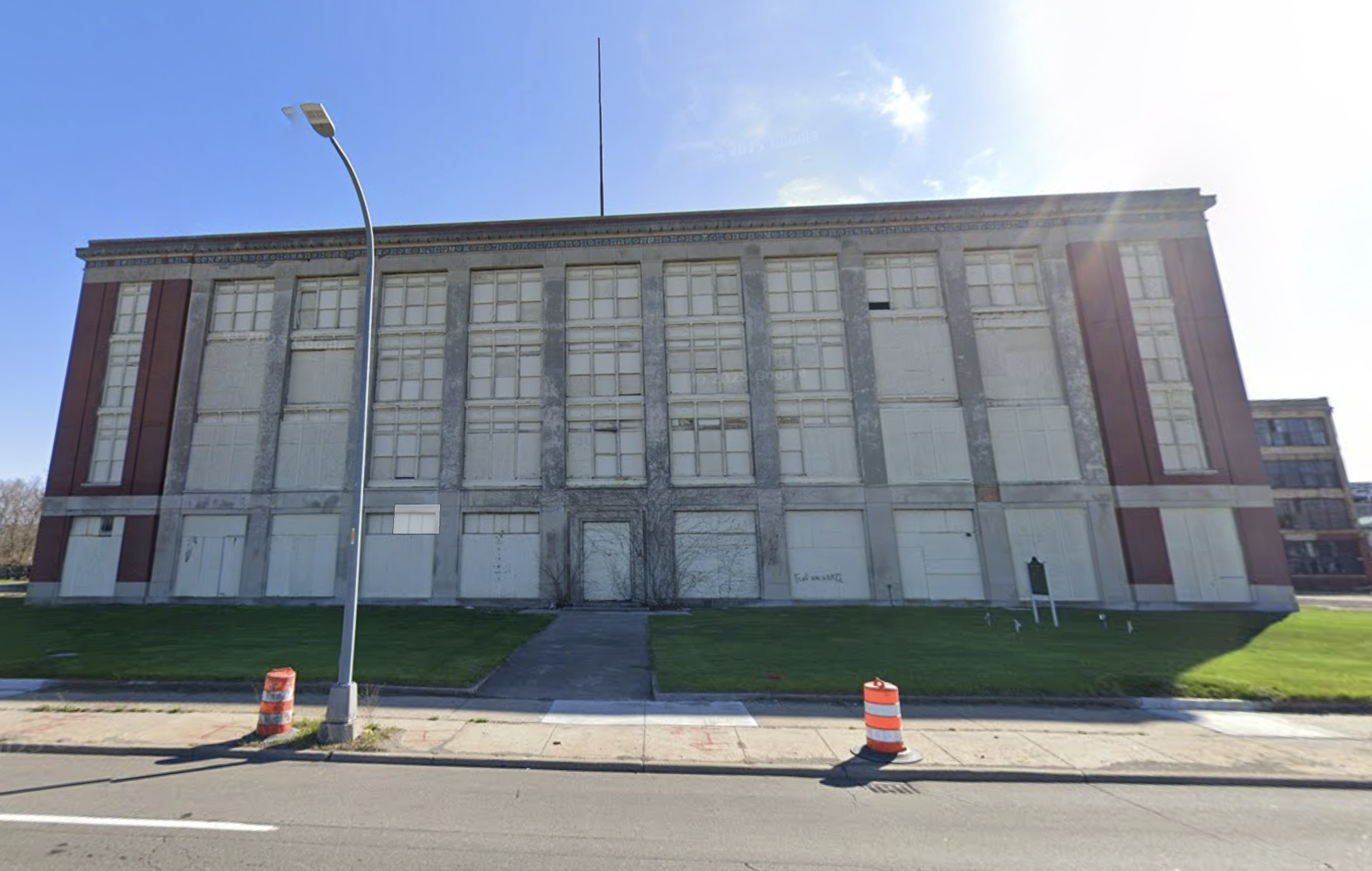
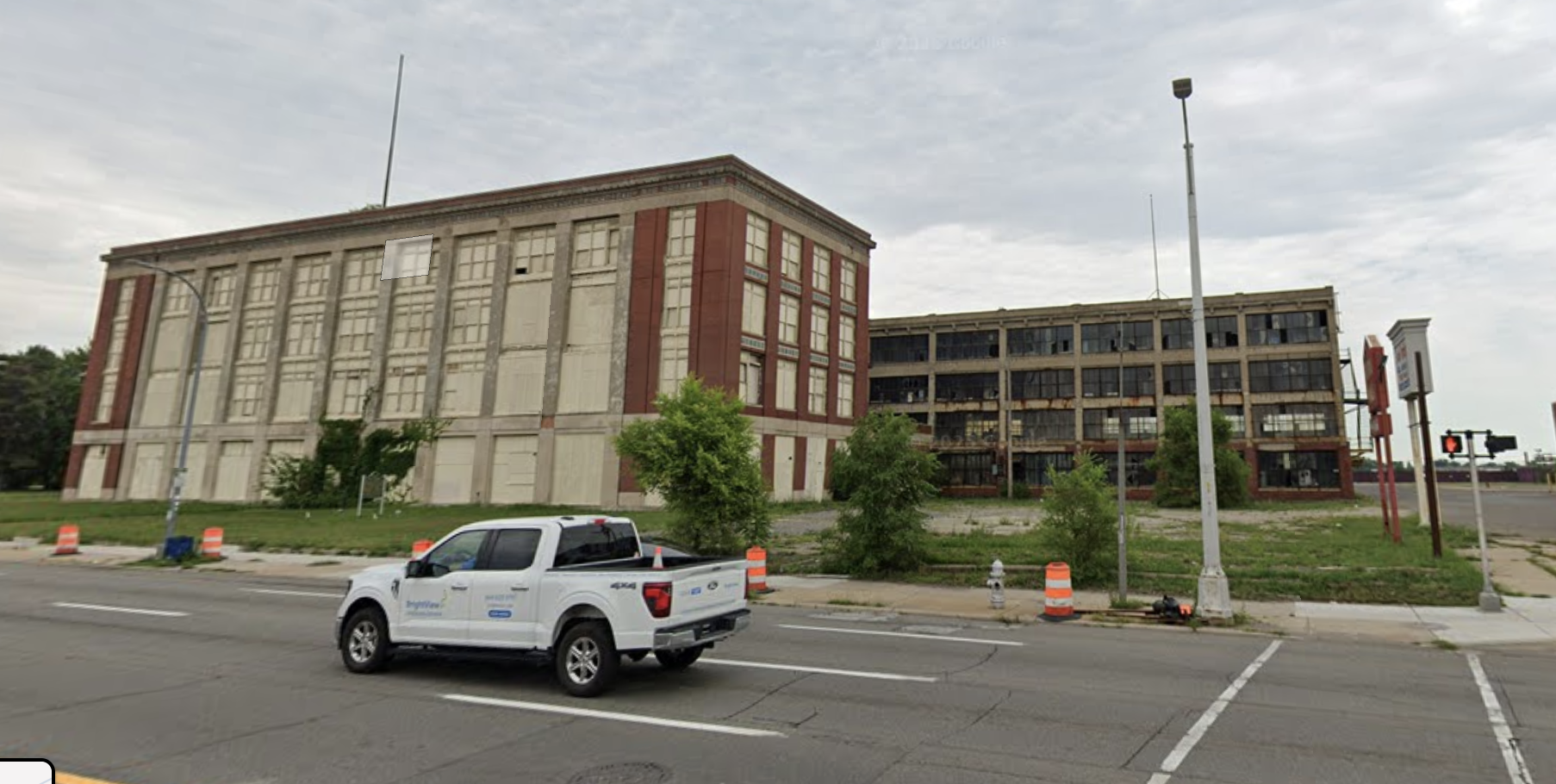
In recent years, what was left of the Ford Highland Park Plant has been used for storage by Ford Motor Company and Dearborn’s Greenfield Village. The non-profit Woodward Avenue Action Association (WA3) purchased buildings at the plant in 2013 in order to preserve the historic site. WA3 planned to transform the abandoned plant into what it described as an “Automobile Heritage Welcome Center,” with attractions such as a theater, test track, and the Motorsports Hall of Fame of America. WA3 also planned to have the Ford Highland Park Plant recognized as a “world heritage destination,” a distinction it would share with landmarks like the Great Barrier Reef and the Statue of Liberty. The renovations were projected to be completed by 2018. Attempts to renovate the buildings were abandoned, and in 2019, the WA3 put the Ford Highland Park Plant buildings that it owned up for sale. According to DBusiness Magazine, the buildings are being sold by Plante Moran REIA. No list price has been posted.
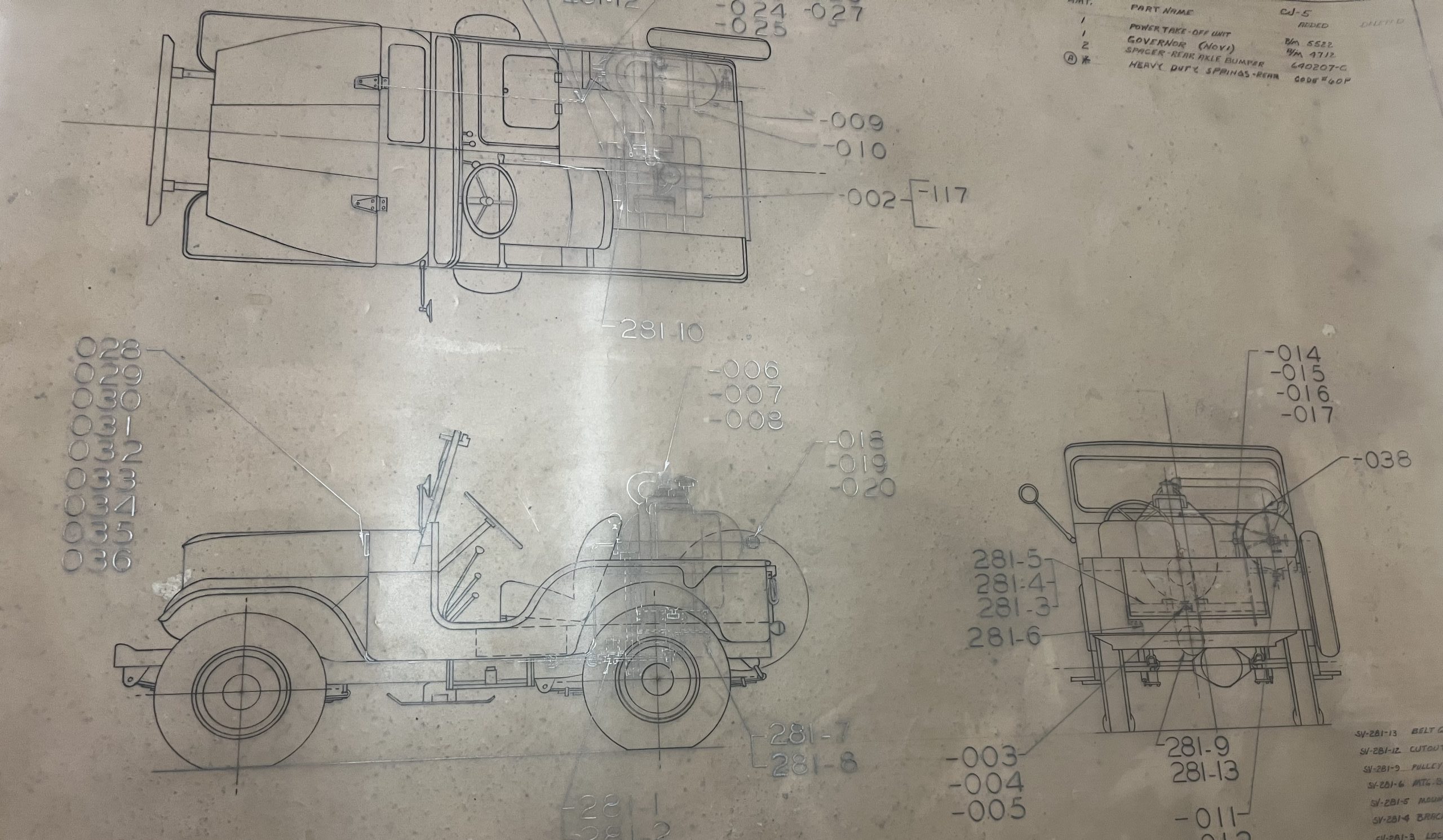
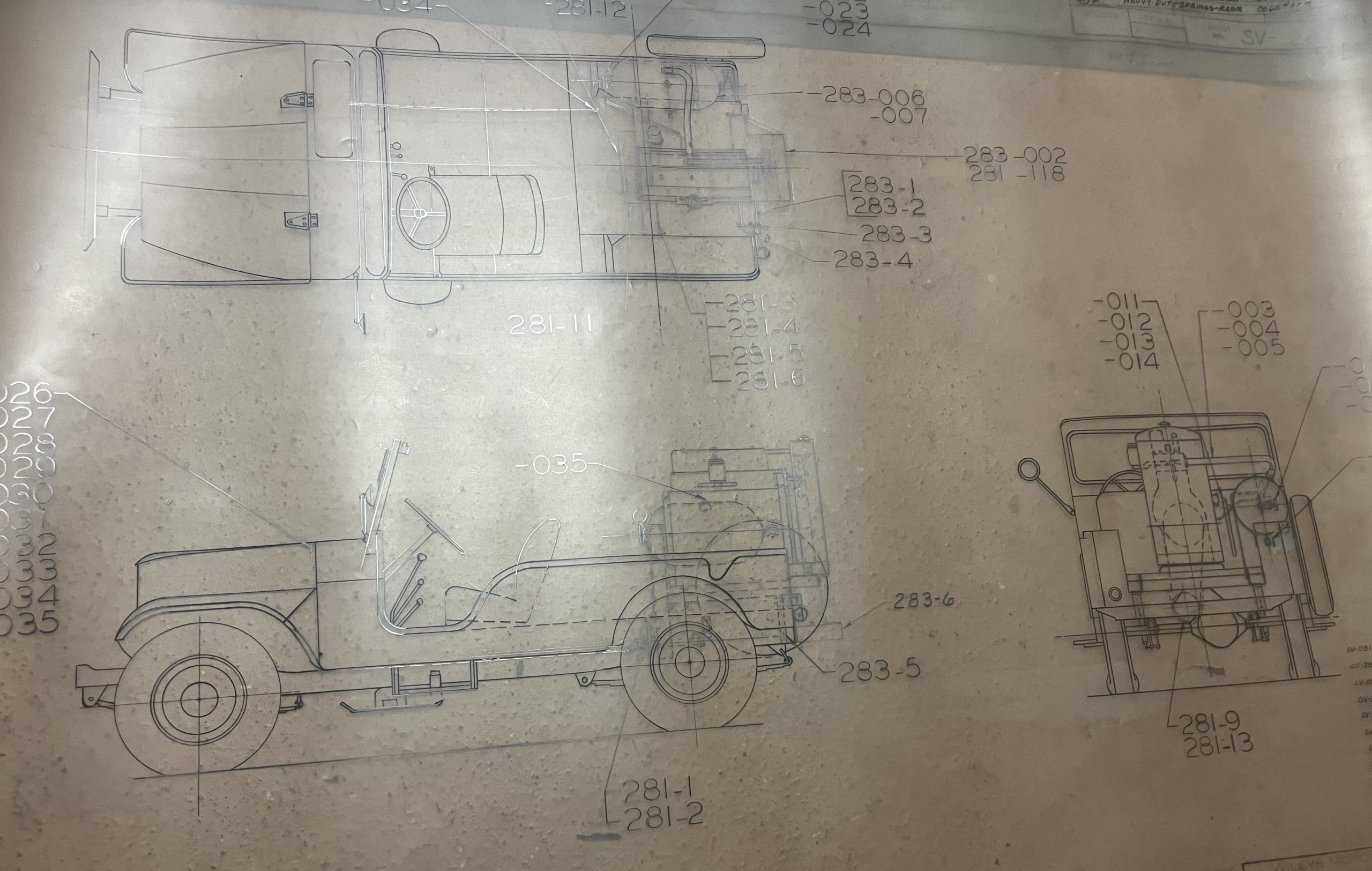
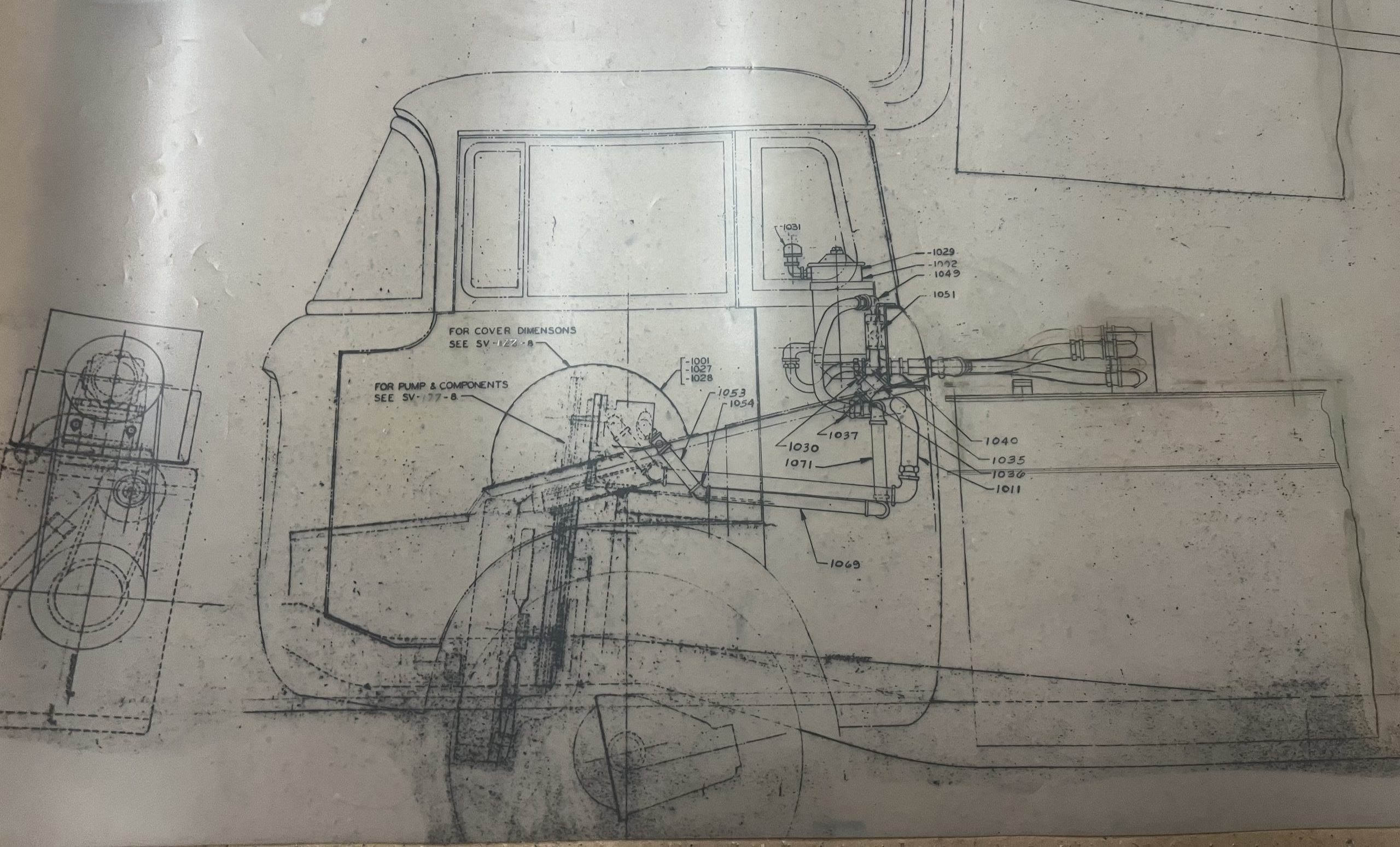

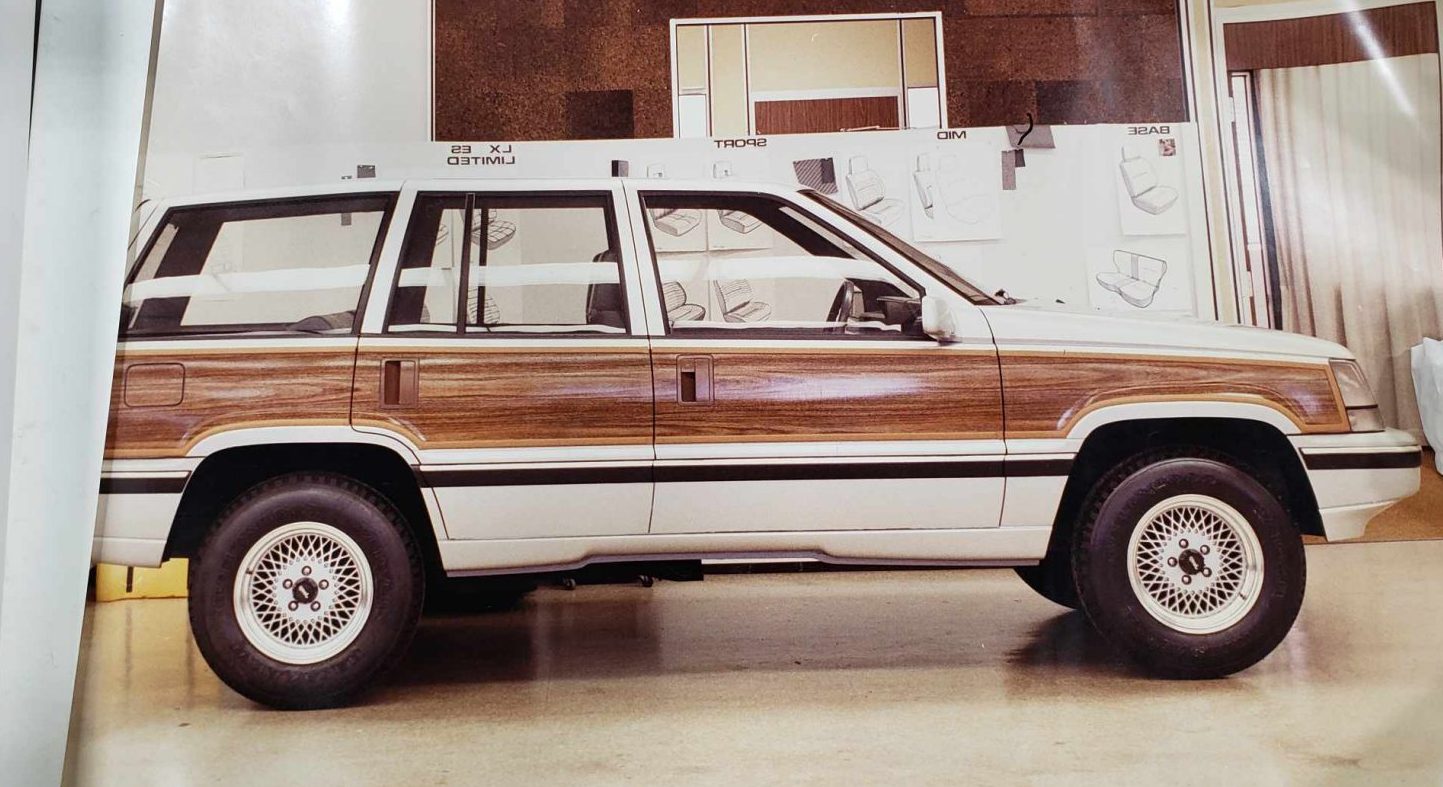
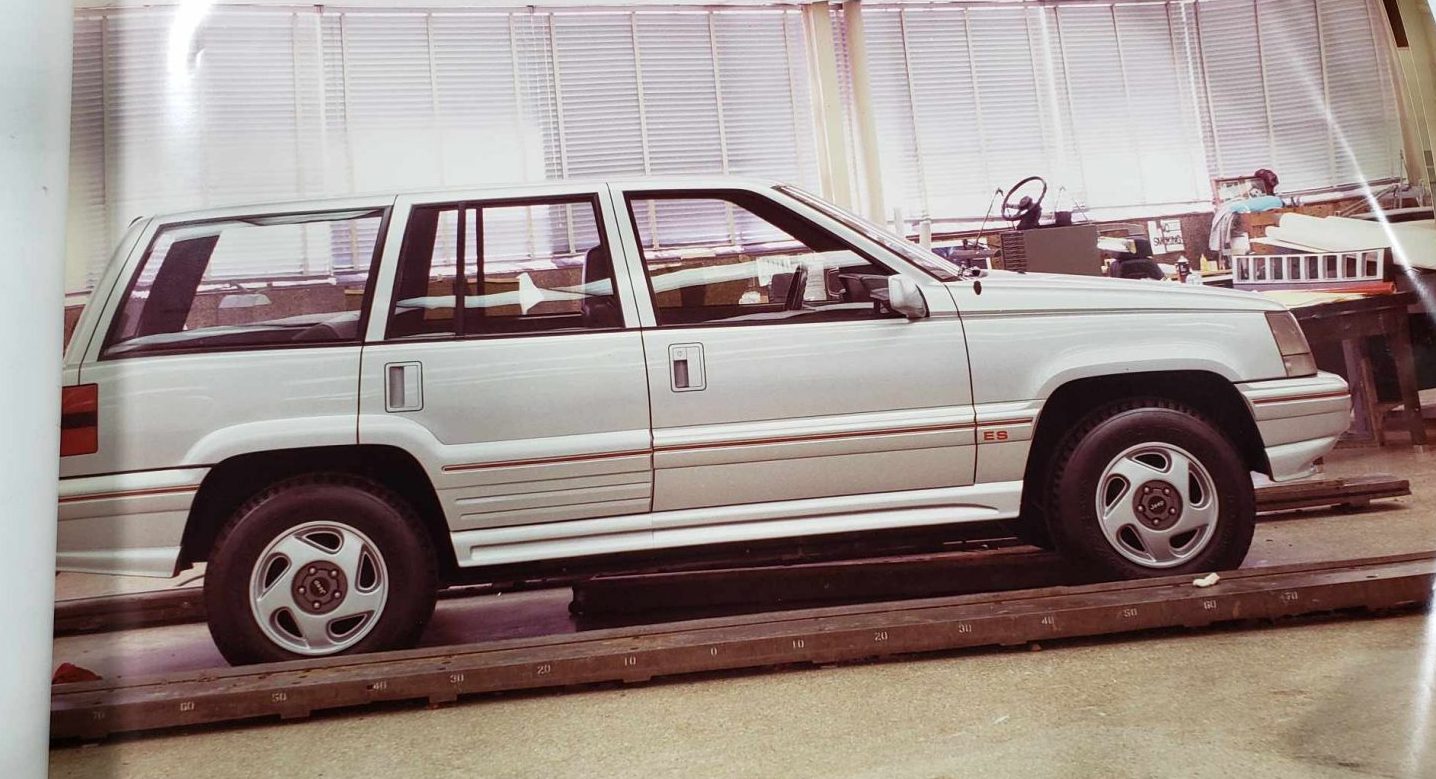
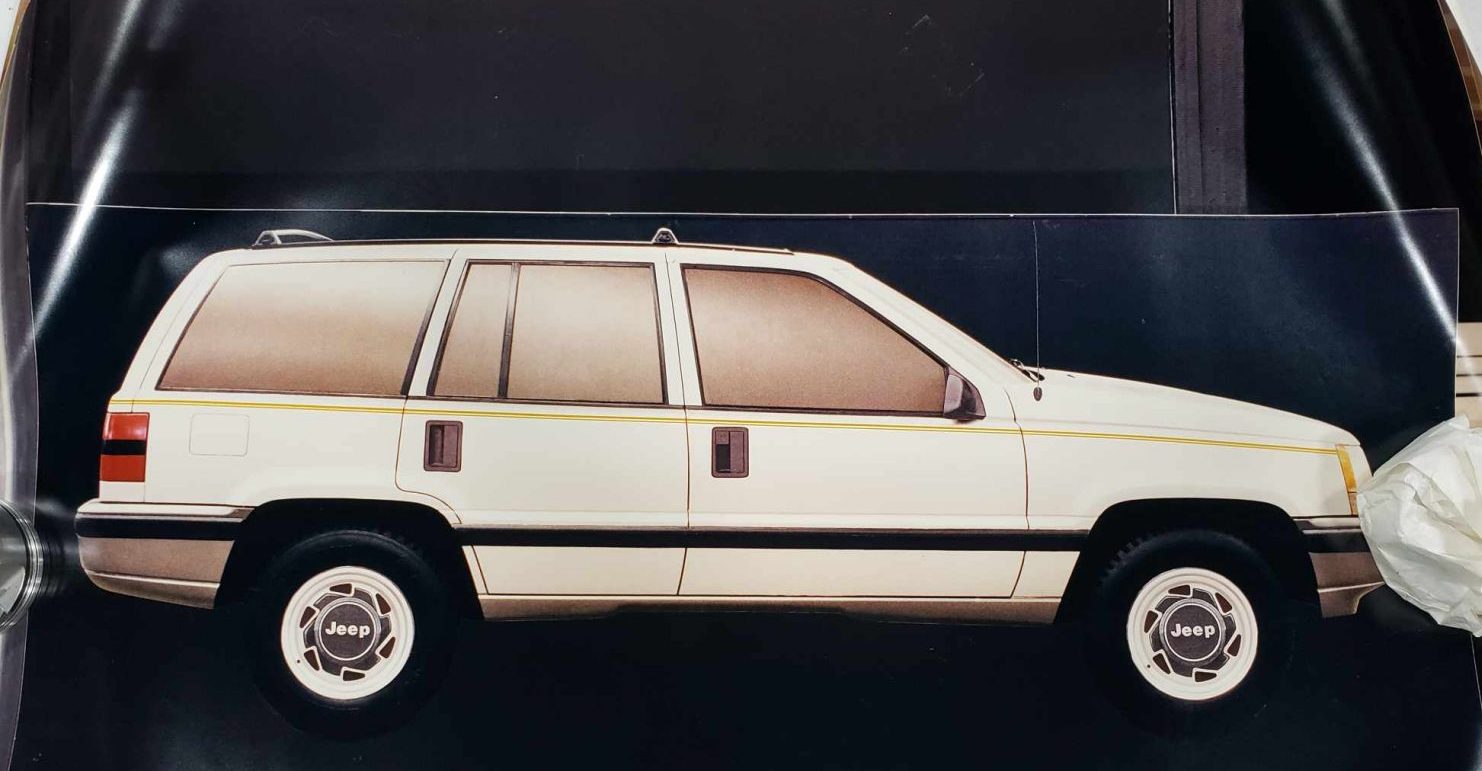
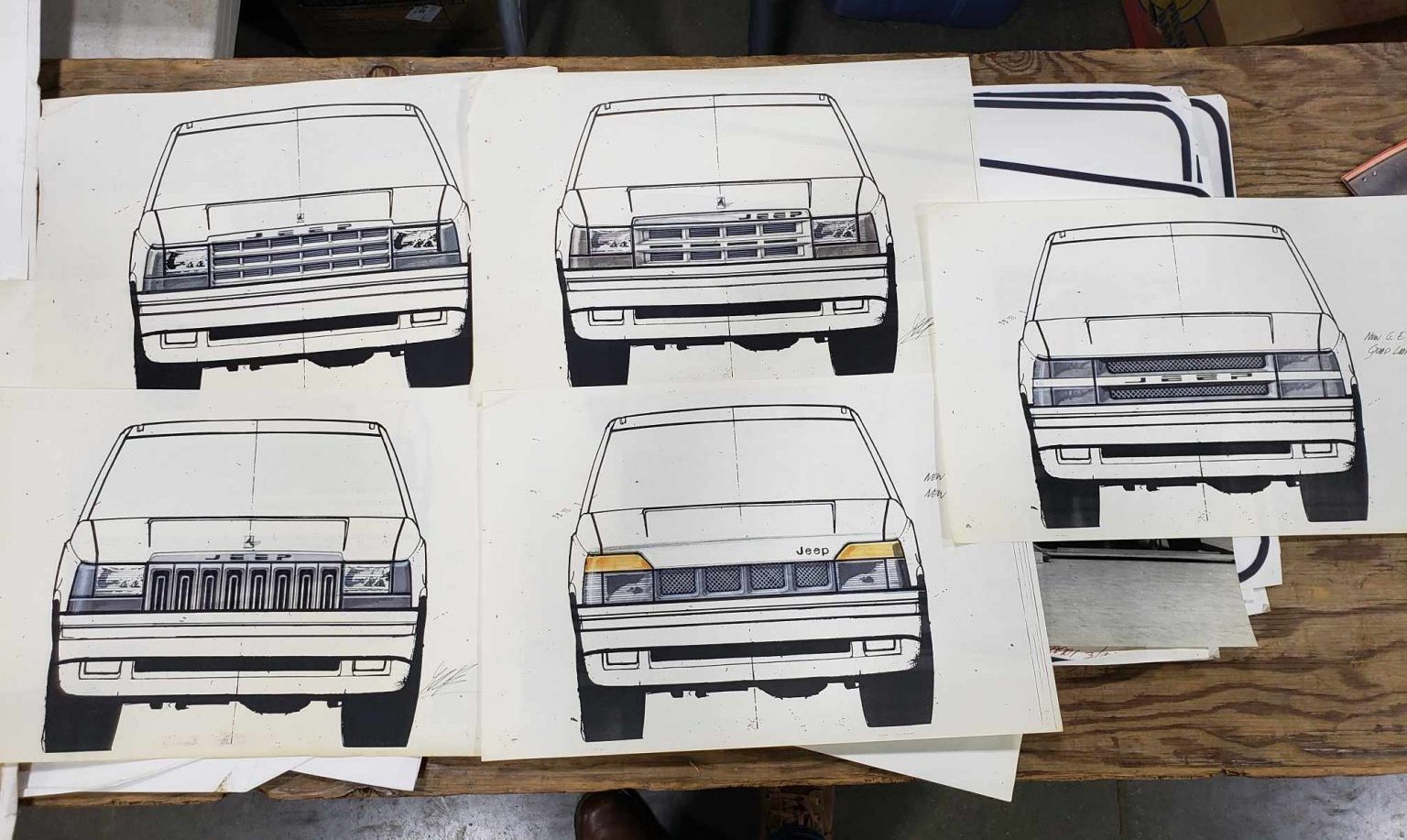
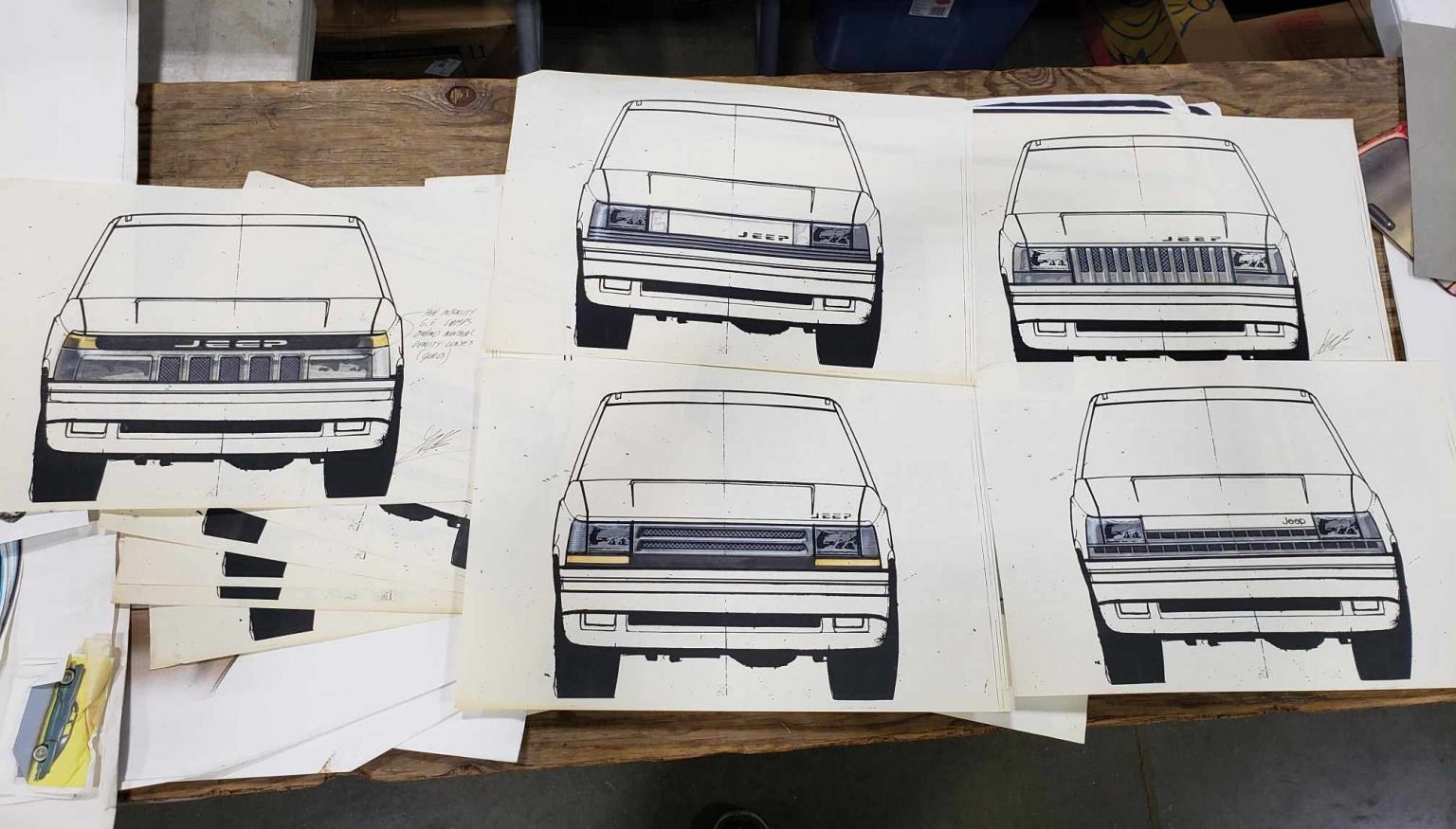

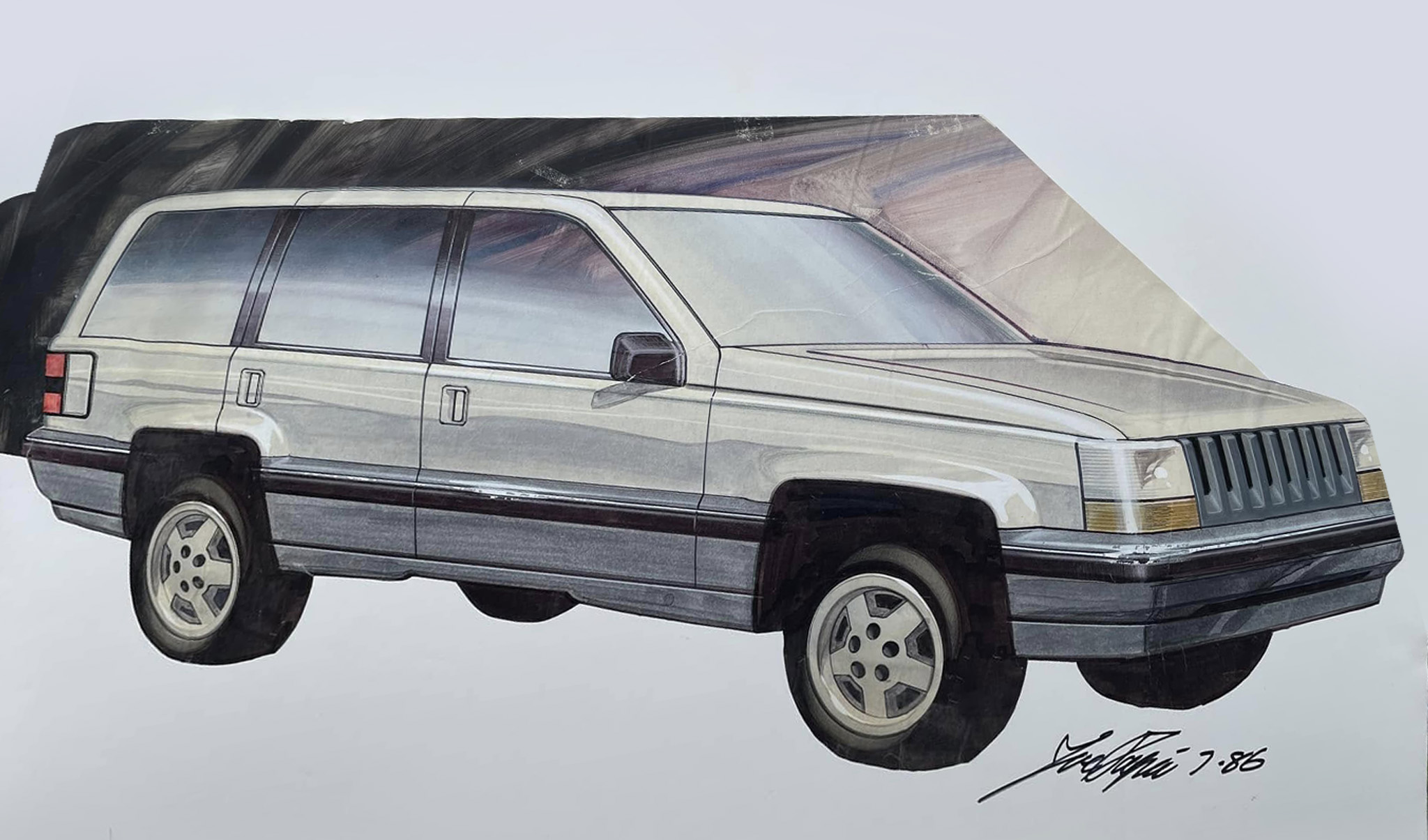
For years, Toledo has tried erecting a Toledo Jeep Museum, but it never actually sees the light of day. In 2017, I wrote “It’s A Tragedy That The World Doesn’t Have A Proper Jeep Museum,” only to — two years later — have the pleasure of writing “The Jeep Gods Are Answering Our Prayers With Plans To Finally Erect A Jeep Museum In Toledo.”
But that never materialized. Last year, Toledo news station WTOL11 wrote “‘We can’t do this on our own’: What happened to Toledo’s Jeep Museum?” From that article:
“I don’t think there’s anybody in this city who would not commit to going all in on a Jeep museum here,” said Lucas County Commissioner Pete Gerken.
They announced the project five years ago, hoping to have it built by 2022. But, it didn’t go as planned and Gerken said the problem is due to the ownership of the Jeep changing over the years.
“The struggle has always been getting the corporate sponsorship on the other side,” he said, adding that it’s the key component to building the museum. “We may have the city where the Jeep is built, but right now, Stellantis owns the brands, owns the models, owns all the historical cars, owns the concepts and they would have to be at the table with us.”
This issue isn’t specific to Jeep — numerous historic automotive buildings and documents and vehicles are lost each year, and that’s just how it goes. But Jeep is a larger-than-life brand, and to see its original buildings get torn down, its original documents trashed, and so many of its vehicles and other historic artifacts have no place to go is just sad.
Top graphic images: public domain; DepositPhotos.com








I love the dumpster finds!
Last year my company finally cleaned out the old ‘literature collection’ that had been stored in what used to be the marketing department…there were loads of little pamphlets and mailers advertising the services of my company and its predecessors. We even found packs of unused Christmas cards (all with old logos, of course). Some of the more technical brochures were still considered useful enough that we made sure they were scanned and filed, but most of it ended up in the trash. (The city doesn’t offer recycling anymore.) It’s not a public-facing company, so no one other than retired employees would be nostalgic for the stuff.